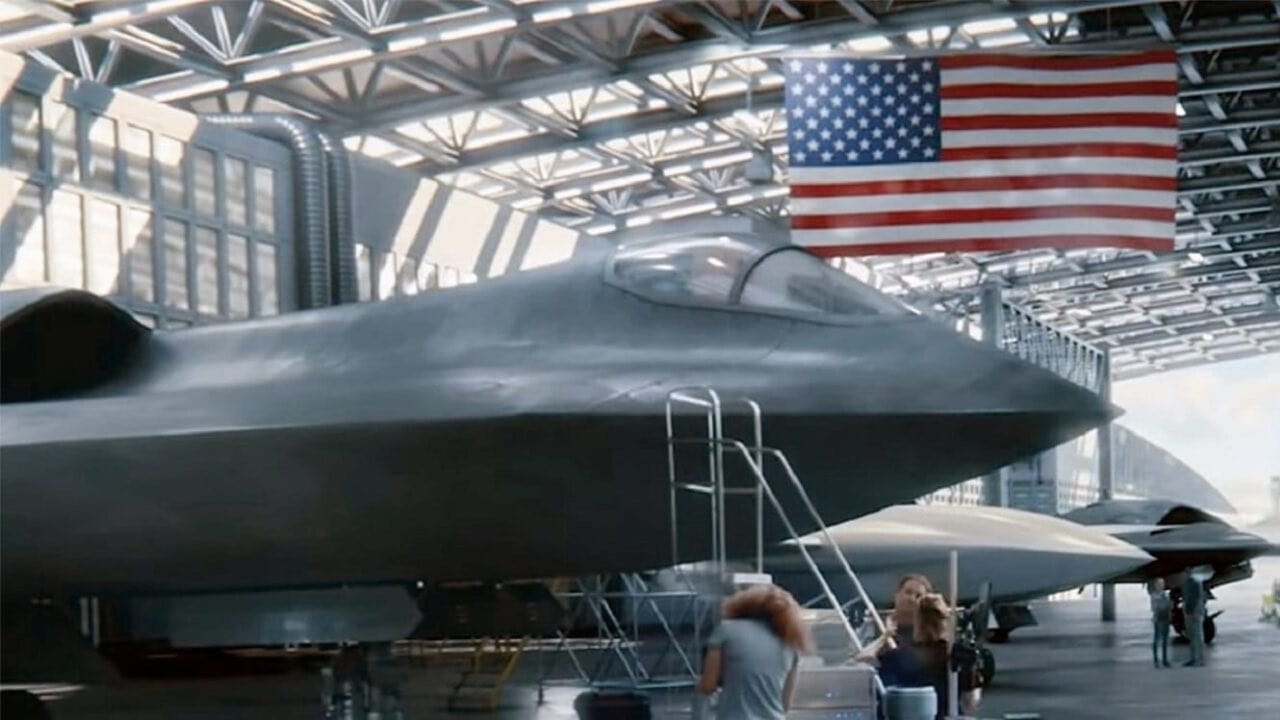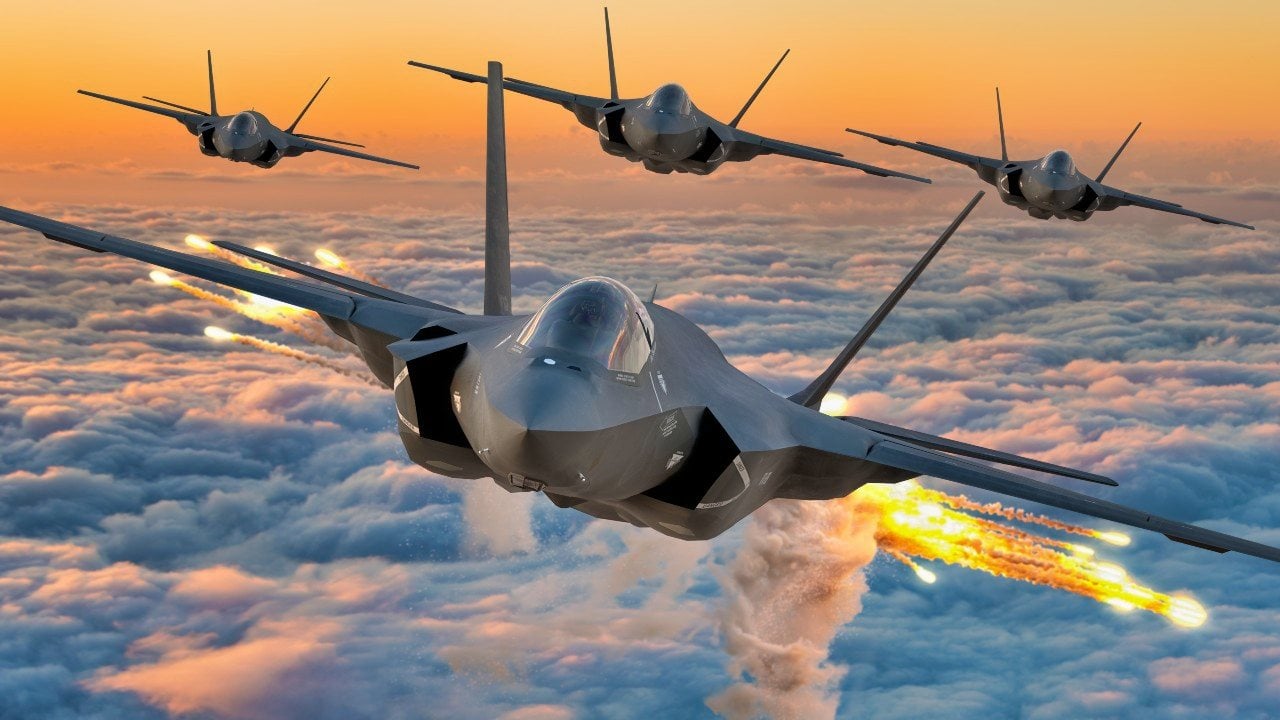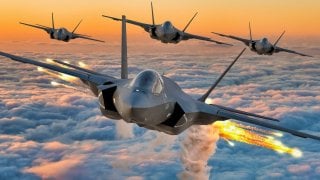China Wants Its Very Own Show-Stopper NGAD 6th Generation Fighter
China is hard at work trying to build a 6th generation fighter like the NGAD program the U.S. Air Force is developing. Are they copying what America is doing?
NGAD Arms Race? It’s a step by step process for the Chinese military. Watch what next-generation weapons system the United States is working on, copy it, devise a mockup, display it in a parade or expo, and say it will be ready by 2030.
That’s what China did at the Zhuhai Airshow held during the week of November 7 in Guangdong province last year.
The program China is challenging now is the U.S. Next-Generation Air Dominance fighter that is in development for the Air Force and Navy. Known as NGAD, the military has made it an acquisition priority to replace the F-22 Raptor and F/A-18E/F Super Hornet.
What’s the Status of China’s Latest Fighter?
The Chinese sixth generation airplane had been featured on engineering concept papers in 2021 with a photo on Twitter. Then a mockup appeared at the Zhuhai expo last year.
This will be stealthy and more advanced than the J-20 Mighty Dragon that is proliferating across China in all of its combat theater regions. China may have up to 150 J-20s with more on the way.
NGAD? It Could Be a Copycat Design with Similar Capabilities
China’s sixth generation fighter is tail-less with a design similar to the American NGAD.
It may have been spotted in media reports at a test airfield in 2021 before the air show in 2022. The shape will lead to better radar evasion capability and likely enable high speed flight and maneuverability. The cockpit will probably use machine learning and artificial intelligence and the pilot could have augmented reality to better fly the airplane. It could be manned or unmanned and have the ability to control a “Loyal Wingman” drone for better situational awareness and added firepower.
General Sounds Warning
General Mark D. Kelly, head of the Air Force’s Air Combat Command, spoke at an Air and Space Force conference in September of last year. He said that the Chinese sixth-generation fighter will also be a “system of systems” like the NGAD.
What Does ‘System of Systems’ Mean?
System of systems could make it a quarterback in the sky that could even include the use of lasers and hypersonic weapons. A system of systems concept could allow the Chinese fighter to do things like control flights of manned or swarming unmanned craft and collect intelligence data and engage in electronic warfare.
United States and China Are In a Race for NGAD
Kelly said last year that China’s effort will exponentially improve on “processing power and sensing capabilities.” The general believes the Chinese are slowly and surely iterating new technologies in their sixth generation fighter. The U.S. NGAD is ahead now but China could catch up. Kelly also shared his perspective that China does not “argue about relevance” of the fighter. They are “on track” he said.
China’s version of the NGAD will be ready by 2035, according to the chief designer for Chengdu Aerospace. The American NGAD could beat that timeline and fly in 2030.
You Got It; We Want It
File this under here we go again with China. They have a “me too” syndrome with the U.S. military. China doesn’t often debate about the need for future arms systems, they just seem to forge ahead. There is no Congress having oversight of the acquisition process that can slow down a program. The mockup and design drawings may be crude. China may be behind the United States, but they excel in finding ways to catch up. If that means copying an American design, so be it.

U.S. Government Needs a Sense of Urgency on NGAD
The only thing the United States can do with the NGAD, if the military continues to develop it, is have adequate funding. That means the generals will have to bang the drum loudly for NGAD, so Congress gets the message to maintain money and provide adequate resources toward the program. If China is on track on their own sixth generation fighter, the U.S. national security and intelligence establishment, including the media, must be better informed about China’s sixth generation airplane.

Expert Biography
Dr. Brent M. Eastwood is the author of Humans, Machines, and Data: Future Trends in Warfare. He is an Emerging Threats expert and former U.S. Army Infantry officer. You can follow him on Twitter @BMEastwood. He holds a Ph.D. in Political Science and Foreign Policy/ International Relations.
Main image is from Shutterstock. Intext images are Creative Commons and Shutterstock.


